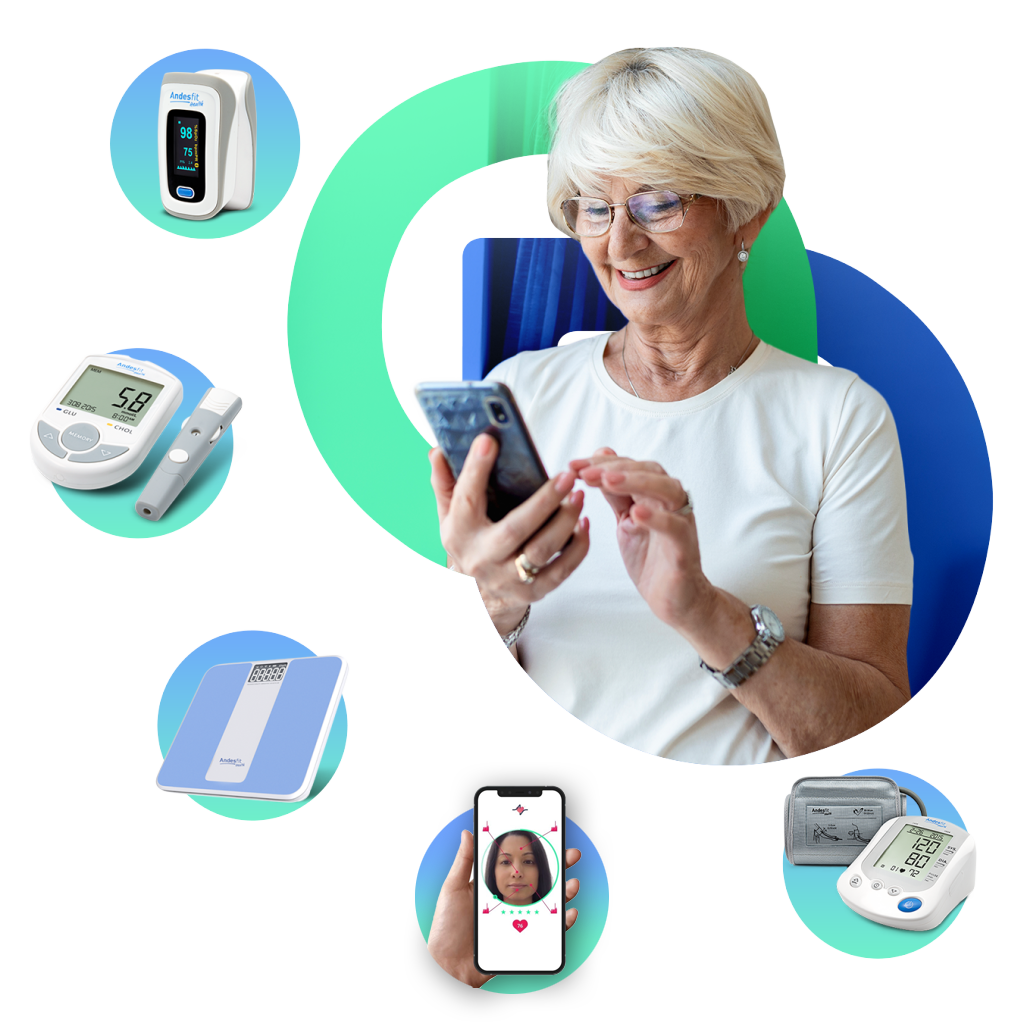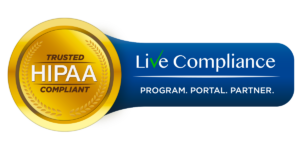Aura provides
Remote Patient Monitoring
Remote patient monitoring is a technology to enable monitoring of patients outside of conventional clinical settings, such as in the home or in a remote area, which may increase access to care and decrease healthcare delivery costs.

HOW IT WORKS
Remote patient monitoring devices must be electronically connected, which is most often accomplished via cellular networking or Bluetooth.
Benefits of RPM
- Reduced hospitalizations
- Shorter hospital stays if the patient can be discharged with a remote monitoring device to use at home.
- Fewer visits to the emergency room.
- Better health outcomes for patients
- Better preventative management for chronic conditions.


- Medicare and most insurance companies encourages practices to start RPM for the efficient and preventive care of Medicare patients for which they will reimburse practitioners for billable services.
- Remote monitoring is covered for eligible patients as remote care is reimbursed by Medicare and most insurance companies.
Requirements for Enrollment
01
Established patient – patient must be seen by the physician in the past one year.
03
05
07
Patients must take readings for at least 16 out of 30 days.
02
The patient must consent to participate (verbal or written).
04
The devices must be defined as medical devices by the FDA and ordered by a qualified medical professional.
06
Monitoring must be performed by a physician, a qualified healthcare professional, or clinical staff (licensed nurses/medical assistants), subject to state law.
08
20 minutes of interactive tele-monitoring services with the patient and/or patient caregiver over the calendar month, which includes checking readings, speaking with a patient, coordinating treatment plans and/or developing educational materials.
